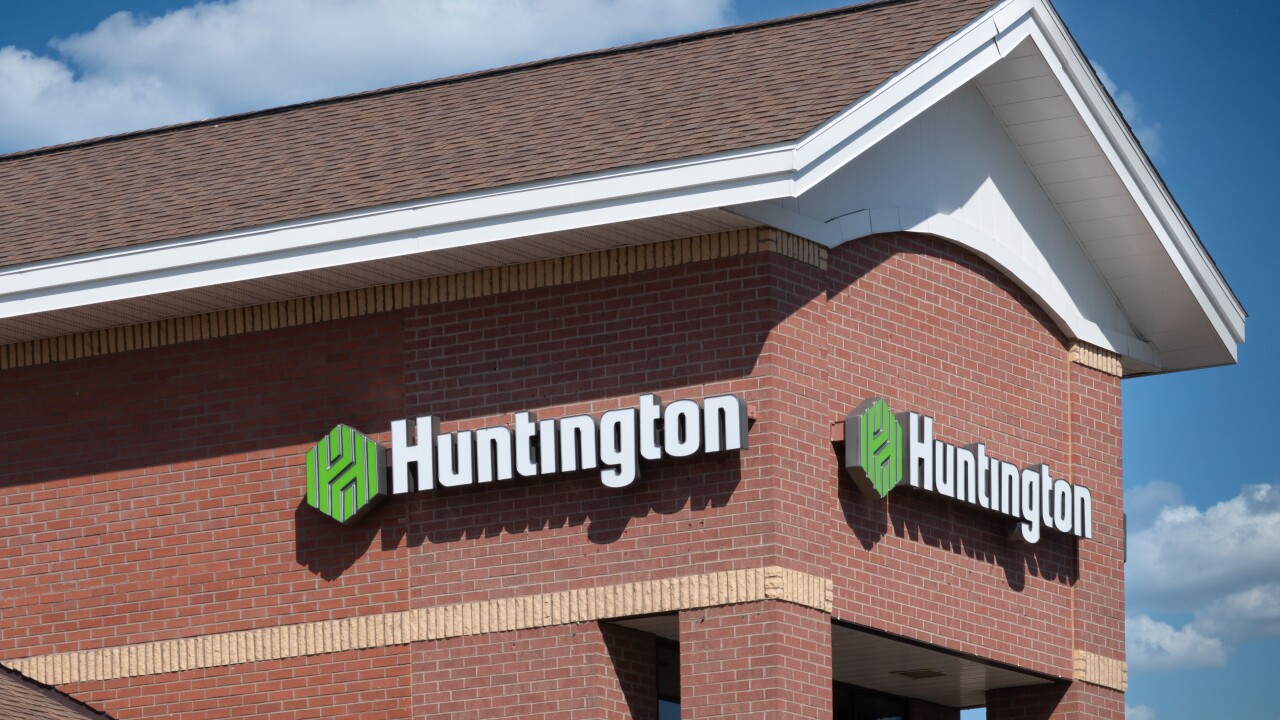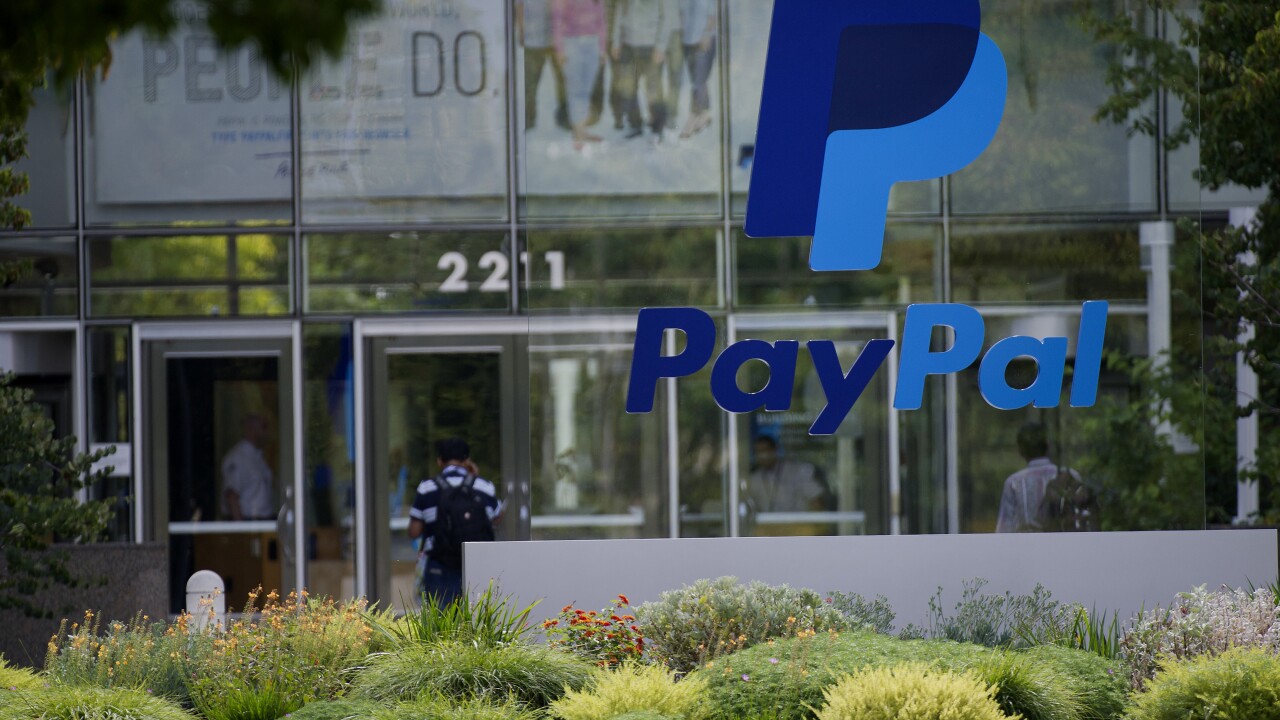Focus on customer experiences over features to prevent digital overload
As banks and credit unions create the next generation of mobile banking features, some of them are running into a problem: where to put them. The J.D. Power 2019 “U.S. Banking Mobile App Satisfaction Study” found that customer satisfaction with retail banking mobile apps actually declined from 2018. The primary driver of the drop was the complexity of these apps, and features that “stump consumers.”
“If you try to add too many payment features, there is the potential your banking app can become bloated,” says Chris Harris, senior director of marketing, Ondot Systems. “With tech giants like Apple and Google entering payments, there is going to be an increasing focus on experiences that are quick and intuitive. Regional and community issuers need to have a plan to respond.”
Why the bloat?
Digital capabilities are a key determinant of consumer preferences for a bank. Banks keep adding new features to their apps because consumers want and expect them.
“Mobile banking apps do the core features they are designed to do really well,” says Harris. The problem of app bloat arises when financial institutions try to fit so many features into an app that it becomes hard to use. Payment features can be particularly problematic: “People don’t know where to find these or what is in the app,” says Harris.
Harris offers his own experiences using two cards over the summer of how things can go wrong. He wanted to use an app to turn off the card when it was lost; to check to see if all the transactions were his own; and to be able to replace the card.
“I couldn’t even get to the first part, of turning off the card, and these were major banks, household names,” Harris says. He eventually found how after a week -- it involved scrolling below transactions, something Harris said was not intuitive to him at all.
Finally, replacing the card was difficult. For one card, Harris actually had to go into a branch and verify each purchase. The transactions themselves were almost impossible to verify because Harris had shopped at a farmer’s market, and the merchants had locations from around the state. For the other card, Harris had to call the financial institution, which took time, and then had to wait for the new card to arrive.
“It was a very frustrating experience and it shows how hard it is to do things in a mobile banking app that really should be pretty easy,” Harris says.
Regional and community banks might look Silicon Valley’s experiences. Rather than building one master app for all activities, Silicon Valleyfound that separate but linked apps, which are easy to access, creates a much better overall user experience. For instance, Silicon Valley tends to use app families, such as Facebook and Messenger, or Gmail and Google Calendar. In 2014 Marc Zuckerberg told The Verge why Facebook created a standalone app for messaging, moving out it of the main app: “On mobile, each app can only focus on doing one thing well,” he said.
Banks have not yet fully embraced this approach when it comes to payment apps; their products are not completely optimized around the user experience. This is why tech companies see an opportunity to disrupt payments. “They are experts in the user experience,” Harris says. “They can bring products that are easier to use and more convenient than what banks are offering.”
How regional and community banks can respond
To avoid app bloat and customer disappointment, banks need to use apps that do one thing really well. Ondot is the first app of its kind for payments.
“You want a payments app that is separate from your mobile banking app because payments are inherently a real time activity,” Harris says. Ondot is well positioned here, because it is in the payments authorization stream and can provide data in real time. It also has the necessary infrastructure and partnerships. Harris says, “We can work across Android and Apple, Visa and Mastercard, and issuers and processors. We can help banks of any size be able to do this. That is what makes us unique.”
Ondot makes everyday interactions easier, simpler, and more transparent, such as providing clear names of merchants. It offers a better solution for critical moments too such as when cardholders have lost their card. The payment features are all in one place, unlike in card apps, where they are buried. And the app is linked to mobile banking so users don’t have to log in a separate time.
Avoid app bloat by creating a separate app for payments: “We have this built, are ready to go, and you can brand it as your own,” Harris says. “We have created a product focused around the user experience when it comes to payments.”





